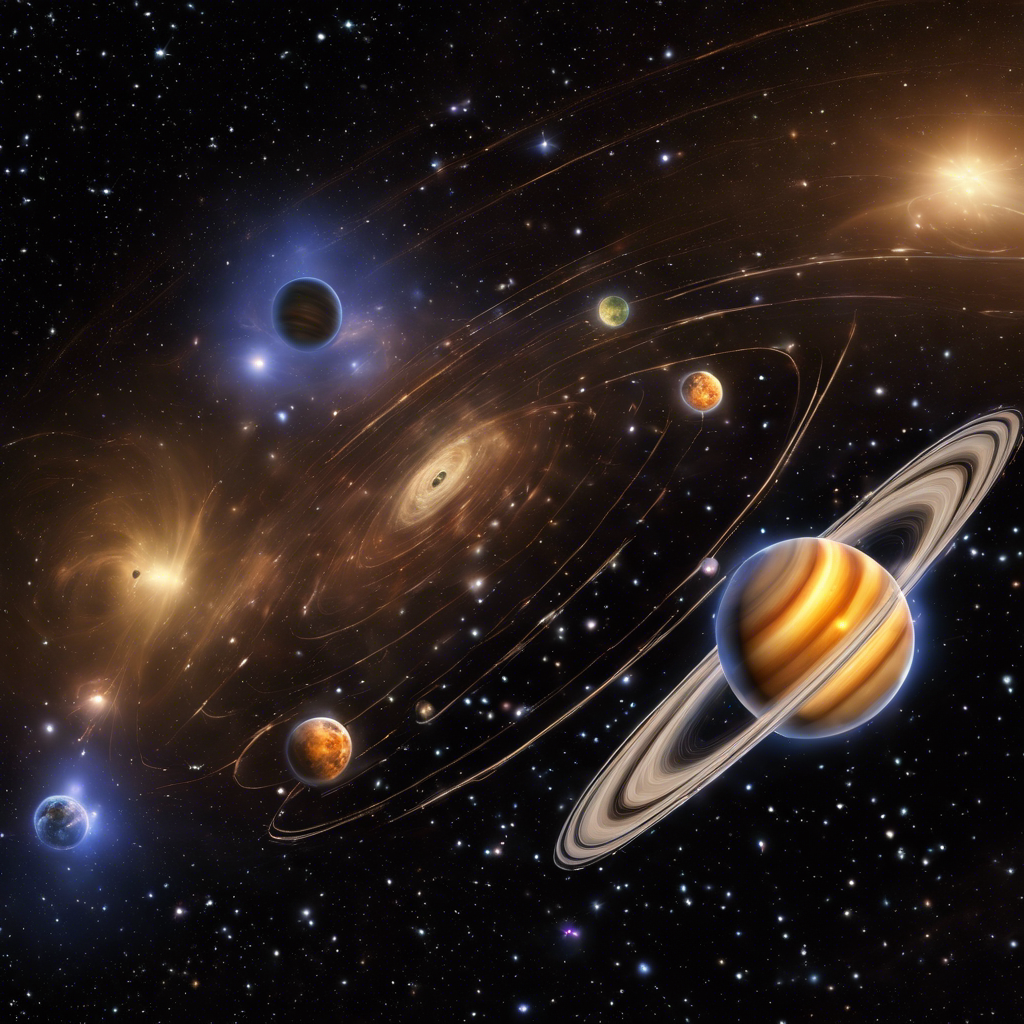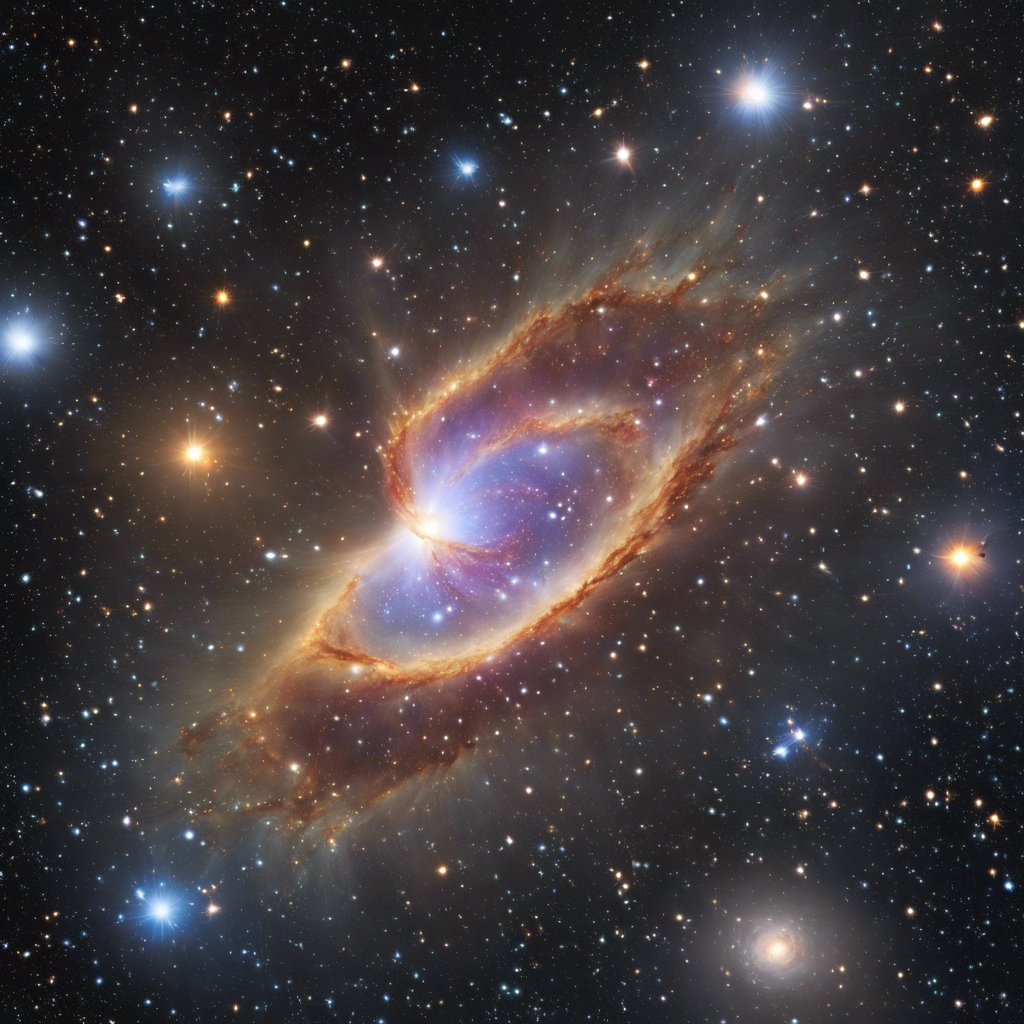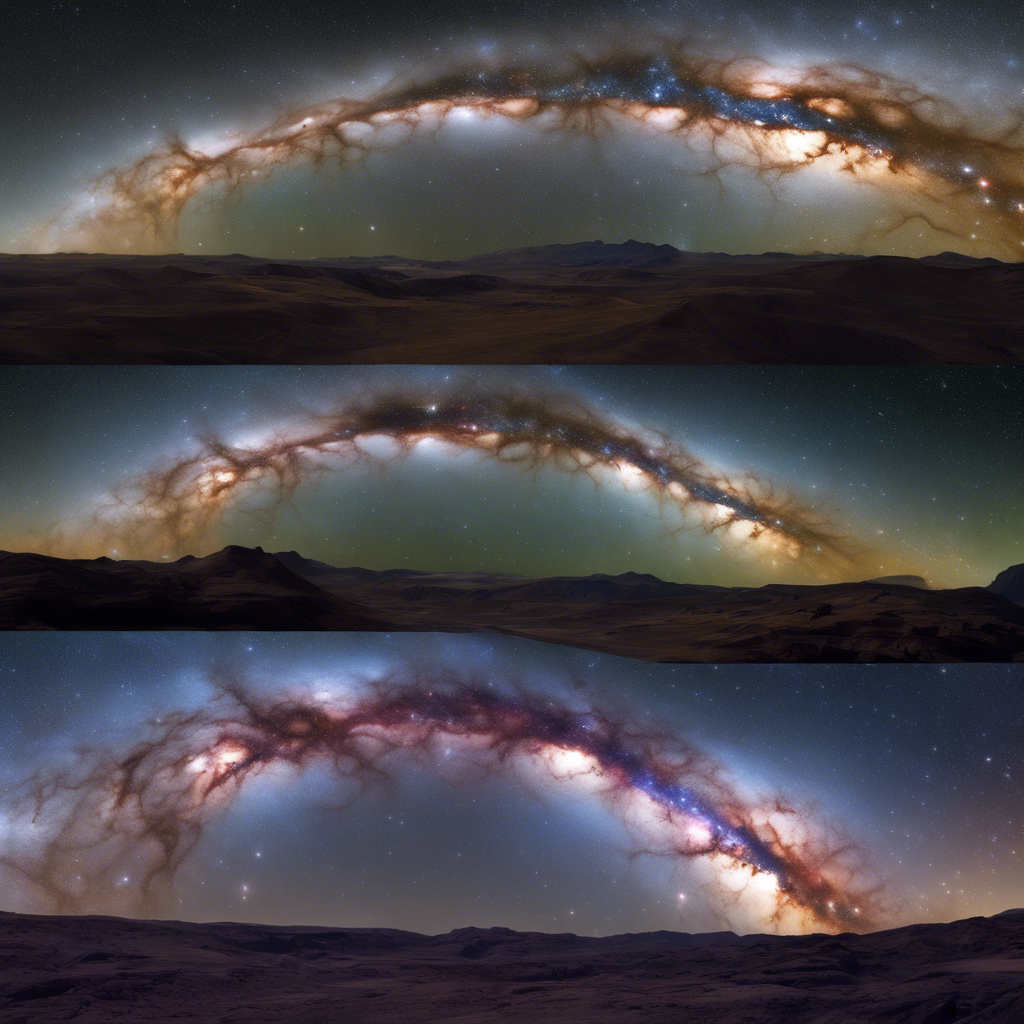https://www.youtube.com/watch?v=ZDxbmgvqZ9Y
Astronomers unravel the mystery of a six-planet system with resonant orbits
Astronomers have made a groundbreaking discovery, unraveling the enigmatic dance of six sub-Neptune exoplanets in the HD110067 system. The synchronized orbits of these planets around a distant star provide valuable insights into the formation of planetary systems. This remarkable finding sheds light on the delicate balance required for resonance configurations to persist over time. The team’s findings, published in Nature, offer a glimpse into the pristine configuration of a planetary system that has remained untouched for eons.
The Initial Mystery:
In 2020, NASA’s Transiting Exoplanet Survey Satellite (TESS) detected periodic dips in the brightness of the star HD110067, indicating the presence of transiting planets. Initial analysis suggested the existence of two planets, one with a 5.6-day orbital period and another with an undetermined orbit. However, subsequent observations with TESS two years later revealed that this interpretation did not align with the data, prompting astronomers to employ the European Space Agency’s Characterising Exoplanet Satellite (Cheops) for further investigation.
The Resonant Trio:
Utilizing Cheops, astronomers discovered a third planet in the HD110067 system. The trio of planets, named HD110067 b, c, and d, were found to be in a state of orbital resonance, where their orbital periods are intricately linked. The innermost planet completes an orbit in 9.1 days, followed by the second planet at 13.7 days, and the third planet at 20.5 days. This resonance, known as a 3:2 resonance, causes the planets to align periodically, resulting in duo transits that initially perplexed scientists.
Unveiling the Hidden Trio:
The exploration did not end with the discovery of the three planets in resonance. The team, led by Rafael Luque from the University of Chicago, delved deeper into the data and unearthed three additional planets—HD110067 e, f, and g. These planets form a complex web of resonances within the system. Planet d and e share a 4:3 resonance, while e and f are also in a 4:3 resonance. Planet g, on the other hand, exhibits a 6:1 resonance with planet b. All six planets fall within the sub-Neptune category, with radii smaller than Neptune but larger than Earth.
The Role of Cheops:
Cheops played a pivotal role in unraveling the intricate resonant configuration of the HD110067 system. Luque emphasizes that without Cheops’ detection, predicting the other planets’ periods would have been impossible. This marks the second time Cheops has unveiled a six-planet system since its launch three years ago, following the discovery of the TOI 178 system.
Insights into Planetary System Formation:
The resonance observed in the HD110067 system offers valuable insights into the system’s history. Astronomers believe that this configuration has likely remained unchanged for the majority of the star’s lifetime. Most planetary systems are thought to form in resonance configurations, but they are easily disrupted by external factors such as giant planets, passing stars, or significant impacts. The pristine state of the HD110067 system provides a rare glimpse into a planetary system that has survived untouched.
Future Prospects:
The HD110067 system holds great promise for further exploration. Its planets present an excellent opportunity for transmission spectroscopy, a technique that can reveal the composition of their atmospheres. HD110067 is the brightest-known system with four or more planets, making it an ideal target for the upcoming James Webb Space Telescope. Investigating planets like these sub-Neptunes is crucial, as they are the most common type of planet in the universe. Understanding their formation may help explain why our own solar system lacks such planets and shed light on the conditions that allowed life to thrive on Earth.
Conclusion:
The mesmerizing dance of the HD110067 planetary system has captivated astronomers and provided a window into the formation of planetary systems. The discovery of six sub-Neptune exoplanets in resonant orbits showcases the delicate balance required for such configurations to persist over time. The pristine state of the HD110067 system offers valuable insights into the history of planetary systems and their resilience against external disruptions. Further exploration of these planets, using advanced telescopes like the James Webb Space Telescope, promises to unveil more secrets about their composition and the mysteries of planetary formation. As we continue to unravel the complexities of the universe, the HD110067 system stands as a testament to the wonders that await our exploration.











